Rolex is more than a watch. It’s a symbol, a statement, and for many, a lifelong companion. From first-time buyers to seasoned collectors, people across the UK wear their Rolex watches with a mix of pride, purpose, and personal style. But what exactly drives those choices, and what does ownership look like in 2025?
To explore these questions, we used AI-driven audience profiling to synthesise insights from online discussions over the 12 months up to 26 May 2025, to a high statistical confidence level. This captured the views of 1,415,888 Rolex wearers in the UK, offering a detailed and up-to-date picture of how people think about, wear, and interact with one of the world’s most iconic luxury brands.
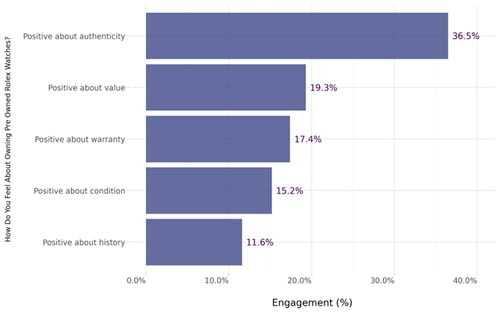

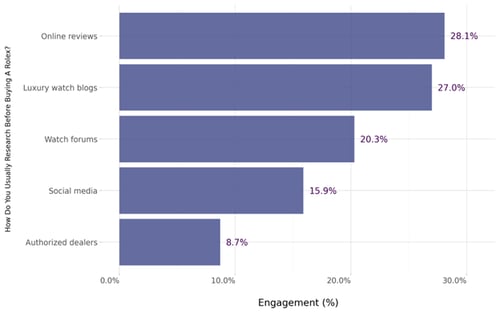
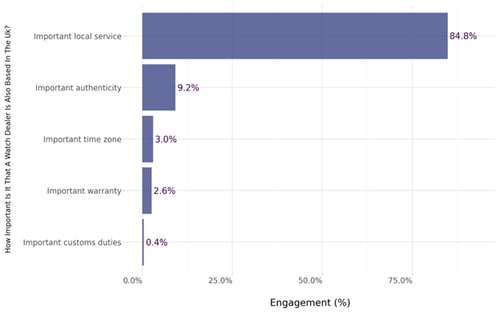
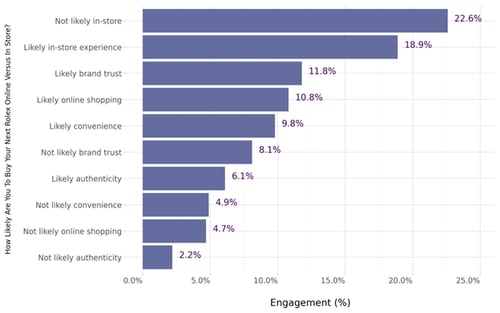
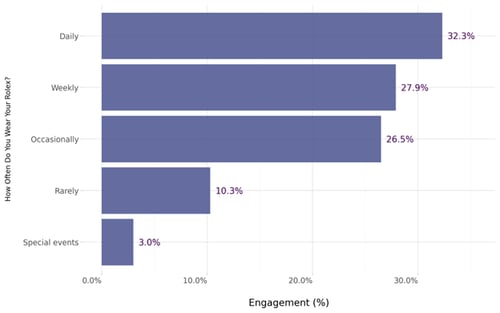
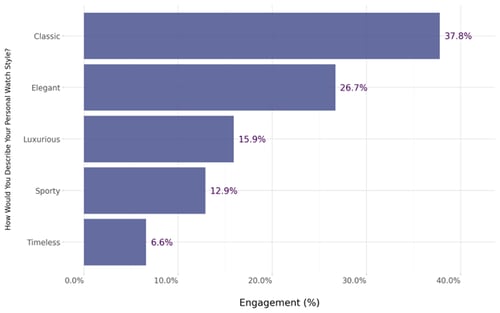
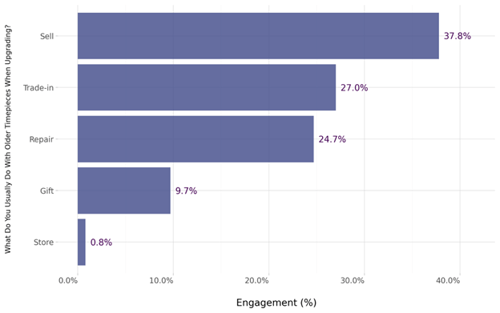


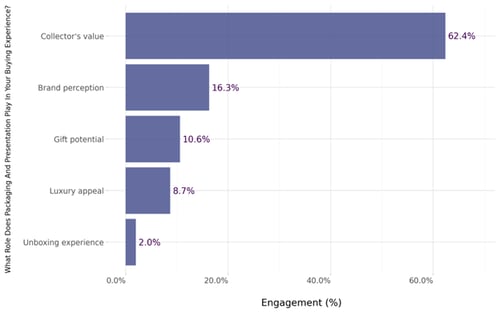
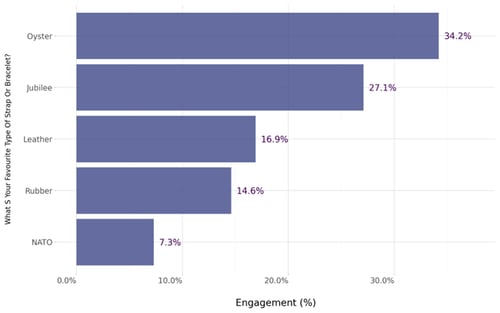
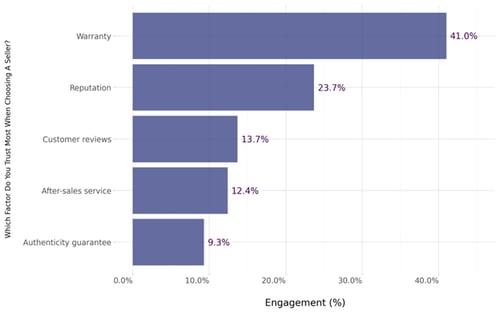
These insights from over 1.4 million Rolex wearers reveal how people across the UK live with, choose, and define their watches. From style to service and straps to sentiment, Rolex ownership in 2025 is as much about identity as it is about timekeeping. It reflects personal values, daily routines, lifestyle choices, and the evolving relationship between tradition, technology, and self-expression.
The data is sourced from an independent sample of 1,415,888 UK Rolex Wearers' opinions across X, Quora, Reddit, TikTok, and Threads. Responses are collected within a 90% confidence interval and a 5% margin of error. Engagement estimates how many people in the location are participating. Demographics are determined using many features, including name, location, and self-disclosed description. Privacy is preserved using machine learning. Results are based on what people describe online — questions were not posed to the people in the sample.
About the representative sample: